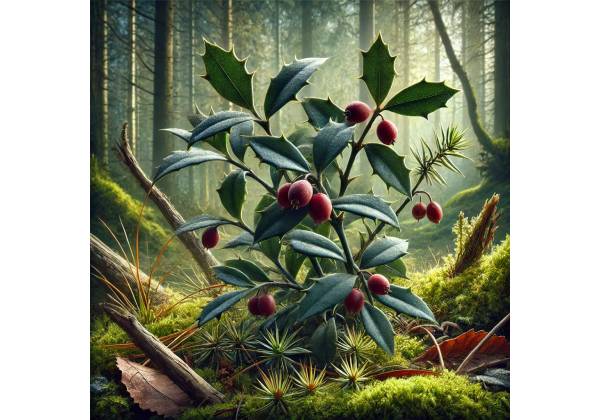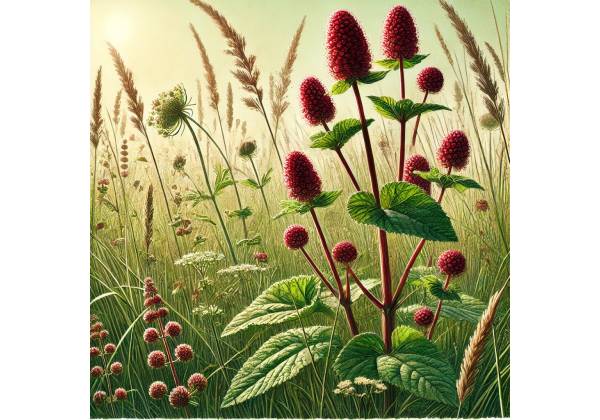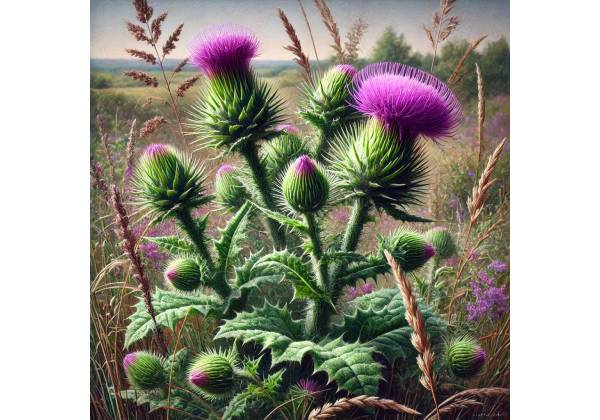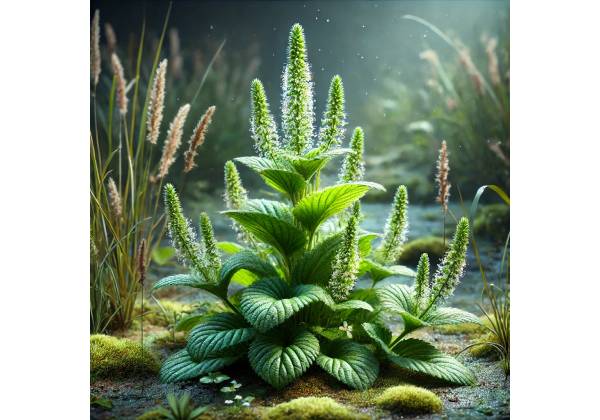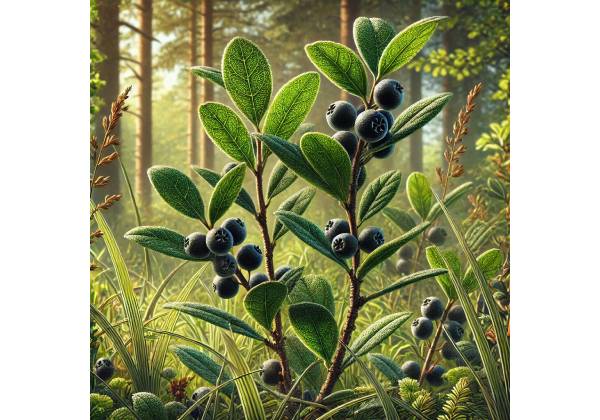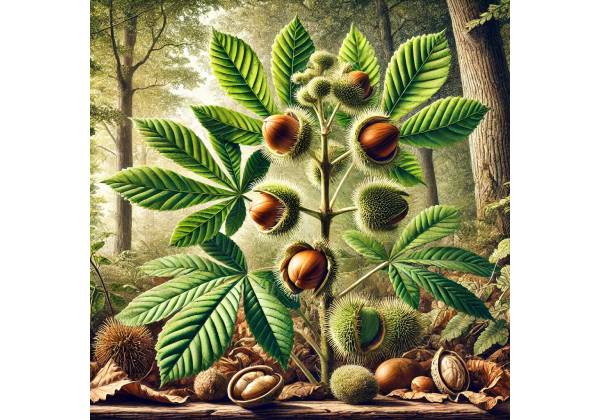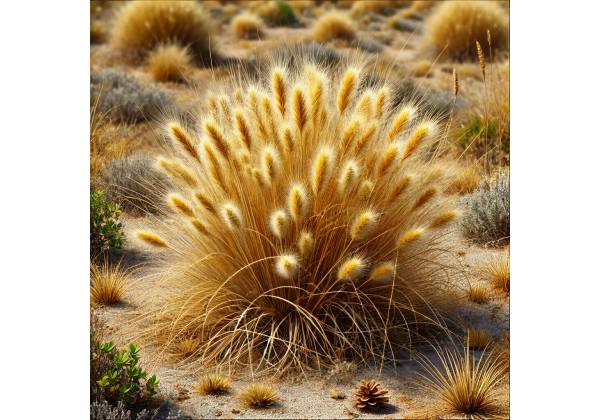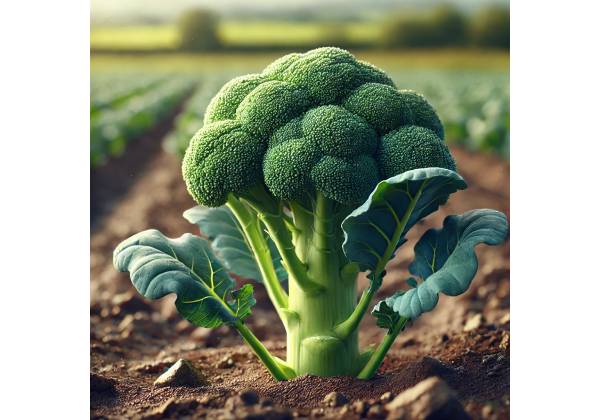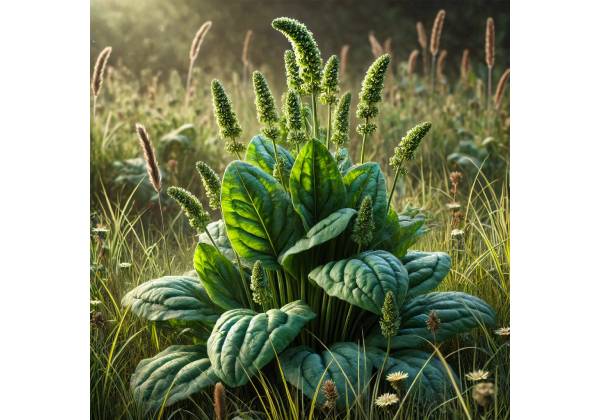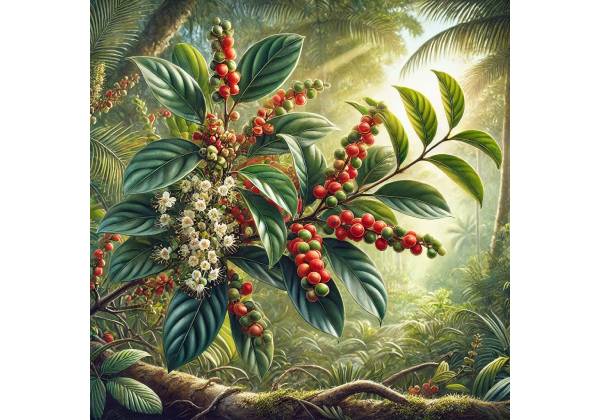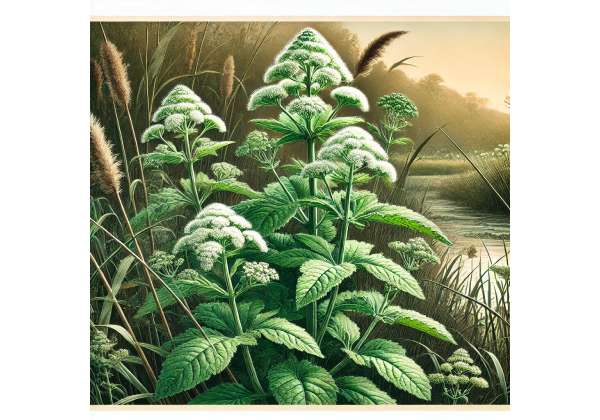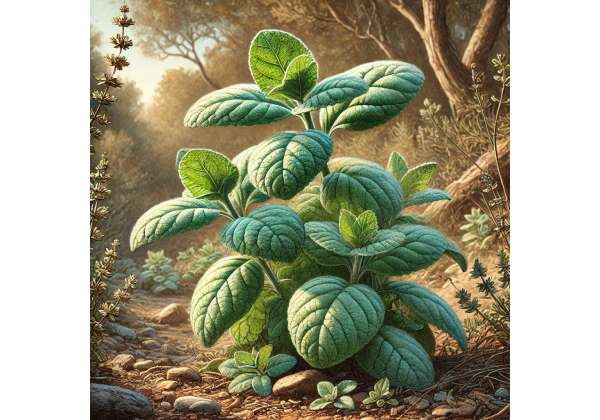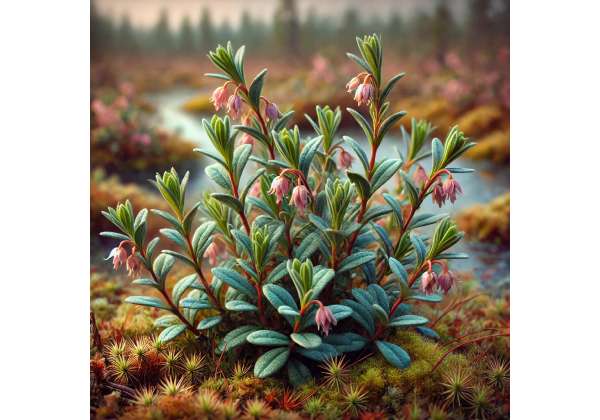Acoustic Wave Therapy for Dry Eye Disease Stimulating Tear Production Naturally
A Closer Look at Acoustic Wave Therapy for Dry Eye Disease Acoustic wave therapy, sometimes known as shockwave therapy or low-intensity extracorporeal shockwave therapy (Li-ESWT), has gained attention across multiple medical fields due to its noninvasive and regenerative capabilities. While this form of therapy is more commonly associated with conditions like musculoskeletal injuries or erectile dysfunction, emerging studies now explore...
AAV9-MERTK Gene Therapy for Retinitis Pigmentosa Clinical Updates and Results
Introduction to AAV9-MERTK Gene Therapy for Retinitis Pigmentosa Retinitis pigmentosa (RP) is an inherited retinal disorder that affects the light-sensitive cells of the eye, leading to progressive vision loss. Among the various genetic mutations associated with RP, mutations in the MERTK gene have emerged as a key contributor to one subtype of the disease. Over the past decade, researchers have...
AAV5-Based Gene Therapy for CNGA3 Achromatopsia Improving Cone Function with Precision
A Closer Look at AAV5 Gene Therapy for CNGA3-Related Achromatopsia AAV5-based gene therapy is emerging as a promising frontier in the management of CNGA3-related achromatopsia, a rare, inherited vision disorder characterized by partial or complete loss of color discrimination, extreme light sensitivity, and poor central visual acuity. By harnessing the power of a specialized adeno-associated virus vector known as AAV5,...
3D-Printed Customized Ocular Prosthetics for Anophthalmia: A Modern Approach to Eye Restoration
Introduction Anophthalmia, the absence of one or both eyes from birth or as a result of disease or trauma, presents profound emotional and functional challenges. Individuals with anophthalmia often face issues including facial asymmetry, compromised confidence, and difficulty integrating socially due to the visible difference in their appearance. While ocular prosthetics have long been available to fill the orbital socket...
Butternut: Spotlight on Properties, Historical Insights, and Modern Relevance
Butternut (Juglans cinerea), also known as White Walnut, is a lesser-known tree in the walnut family that grows primarily in parts of North America. Despite being overshadowed by its more famous relatives (like the black walnut), Butternut holds its own unique place in ecological systems and in certain historical herbal practices. People once cherished it for its light-colored, oily...
Butterfly Weed: Key Benefits, Unique Traits, and Ecological Significance
Butterfly Weed (Asclepias tuberosa) is a bright, eye-catching perennial prized by gardeners and nature lovers across North America. Known for its stunning clusters of orange to reddish-orange blossoms, this native milkweed species offers more than just good looks. It’s a major magnet for pollinators—especially monarch butterflies—and has a history of use in certain folk remedies. While it isn’t the...
Butterfly Pea: Comprehensive Look at Benefits, Active Compounds, and Culinary Applications
Butterfly Pea (Clitoria ternatea) has become quite the darling of modern herbal and culinary circles, admired for its electric blue flowers and intriguing color-shifting qualities in beverages. Native to tropical regions of Asia, this climbing herb boasts a rich background—from use in traditional Ayurvedic remedies to becoming a trendy ingredient in blue lattes, teas, and cocktails. In many cultures,...
Butterbur: Health Benefits, Practical Uses, and Properties
Butterbur (Petasites hybridus) is a plant that has sparked interest among herbal enthusiasts, researchers, and those seeking natural alternatives for certain health concerns. Found mostly in Europe, parts of Asia, and North America, Butterbur is known for its broad, heart-shaped leaves—some describe them as huge umbrellas—and for playing a notable role in traditional remedies. Over the centuries, it has...
Butcher’s Broom: Thorough Overview of Properties, Health Advantages, and Historical Insights
Butcher’s Broom (Ruscus aculeatus) stands out as a hardy evergreen shrub that has, over centuries, earned a reputation in both folklore and more formal herbal circles. Part of the Asparagaceae family, this plant is commonly found in parts of Europe and the Mediterranean region. It’s easily recognized by its sharp, leaf-like “cladodes” (which are actually flattened stems) and small,...
Burnet: Understanding Its Properties, Mild Health Support, and Culinary Uses
Burnet is a name shared by various plants in the Sanguisorba genus, most famously Salad Burnet (Sanguisorba minor) and Great Burnet (Sanguisorba officinalis). These herbaceous perennials stand out for their neatly arranged leaves and small, often crimson or pinkish flowers. Many people simply admire Burnet in ornamental gardens, but the plant also holds a long history in culinary and...
Burdock: Benefits, Major Constituents, and Practical Applications
Burdock is a name shared by multiple species in the Arctium genus, recognizable for their sizable, burr-shaped seed heads that cling to clothing and animal fur. These plants are often found across Europe, Asia, and North America, thriving in disturbed soils, roadsides, and fields. Many who encounter burdock see it primarily as a clingy, weed-like annoyance. Others, however, recognize...
Bull Thistle: Benefits, Primary Applications, and Cautionary Advice for Users
Bull Thistle (Cirsium vulgare) is a spiny, eye-catching plant that many gardeners and landowners consider a persistent weed. Native to parts of Europe, Asia, and Northern Africa—and introduced widely elsewhere—this thistle has a prickly reputation for its formidable spines on leaves, stems, and even flower heads. Yet for those who dive into botanical studies or herbal lore, Bull Thistle...
Bugleweed: Benefits, Key Active Components, and Real-World Herbal Integration
Bugleweed is the common name for a group of plants in the Lycopus genus, with Lycopus europaeus and Lycopus virginicus among the most recognized species. Although it may look unassuming at first glance—being a low-growing herb often found near wetlands—bugleweed has drawn attention in herbal circles for centuries. In various traditions, people have turned to bugleweed for help with...
Buckwheat: Thorough Overview of Properties, Health Benefits, and Culinary Uses
Buckwheat is a fascinating plant that often gets lumped together with true grains, yet it’s actually a pseudo-cereal belonging to the Polygonaceae family. In many parts of the world, it’s treasured for its nutritional value, unique earthy flavor, and wide array of uses—ranging from soba noodles in Japan to hearty breakfast porridges in Eastern Europe. Though commonly referred to...
Buckthorn: Medicinal Benefits, History, Properties, and Uses
Buckthorn refers to several shrubs and small trees in the Rhamnaceae family, frequently recognized for their thorny branches, small fruits, and a long history of varied uses. While there are many species commonly called “buckthorn,” the most referenced in herbal contexts include Rhamnus cathartica (common or European buckthorn) and Rhamnus frangula (alder buckthorn, sometimes reclassified as Frangula alnus). Depending...
Buckeye Nut: In-Depth Look at Active Compounds, Properties, and Real-World Uses
Buckeye nuts are well-known in parts of North America, especially in the regions where buckeye trees naturally thrive. The glossy seeds—sometimes called “horse chestnuts” (though they come from different but related species)—have intrigued people for centuries with their distinctive appearance and reputed properties. If you’ve ever picked up one of these smooth, mahogany-brown nuts in the fall, you might...
Buchu: A Thorough Examination of Benefits, Potential Applications, and Studies
Buchu is a name you might come across if you’ve ever explored the fascinating world of South African herbal traditions. This aromatic herb, native to the region’s mountainous areas, is actually a group of shrubs belonging to the genus Agathosma (formerly known as Barosma). Buchu’s reputation goes back centuries, thanks to the indigenous Khoi and San people, who are...
Broom Straw: A Detailed Look at Benefits, Practical Uses, and Notable Traits
Broom Straw is a term that can refer to different grasses and straw-like plants used traditionally for crafting brooms, decorations, and various functional items. In many regions, “Broom Straw” specifically points to a tall, wiry grass commonly associated with rural landscapes, often called broomsedge (Andropogon virginicus). This plant is recognized for its slender, upright stems that turn a characteristic...
Broom: Health Benefits, Medicinal Uses, and Properties
Broom—often recognized by its botanical name Cytisus scoparius or sometimes Sarothamnus scoparius—is a woody shrub admired for its distinctive bright-yellow flowers. Although it can be considered invasive in some regions, this plant has a longstanding reputation in various folk traditions for its potential medicinal properties. You might spot Broom flourishing on sunny hillsides, roadsides, and open woodlands, showcasing vibrant...
Broccoli: Comprehensive Guide on Uses, Health Benefits, and Key Active Compounds
Broccoli is often celebrated as one of the stars of the vegetable world, thanks to its distinctive green florets and robust nutritional profile. Officially known by its botanical name, Brassica oleracea var. italica, it’s a cruciferous vegetable that sits in the same family as kale, cauliflower, and Brussels sprouts. Despite having a reputation as a “kid-hated” veggie in pop...
Broadleaf Plantain: Essential Facts on Benefits, History, and Applications
Broadleaf Plantain (often referred to by its botanical name Plantago major) is a low-growing herb that thrives in lawns, gardens, and meadows around the world. It’s sometimes labeled a “weed,” but many herbalists regard it as a treasure trove of healthful qualities. The broad, oval leaves that hug the ground have served as a go-to remedy in numerous folk...
Brazilian Pepper: In-Depth Analysis of Health Benefits, Uses, Properties, and Safety
Brazilian Pepper—often called Brazilian peppertree (Schinus terebinthifolia)—is a vibrant, fast-growing plant that has made a name for itself both in South America and beyond. While some people view it primarily as an ornamental or an invasive species in certain regions, this tree and its berry-like drupes have a history of usage in traditional practices. The bright red fruits, sometimes...
Brazil Nut: Comprehensive Overview of Health Benefits, Active Compounds, Properties, and Applications
Brazil nuts have carved out a special reputation among tree nuts, not only because of their rich, buttery taste but also for the impressive nutrients they provide. These seeds, which often get lumped into the “nut” category, actually originate from the enormous fruit pods of the Brazil nut tree (Bertholletia excelsa). Native to the Amazon rainforest, these towering trees...
Boswellia: Comprehensive Guide to Health Benefits, Medicinal Properties, Uses, and Research
Boswellia is often associated with resinous, aromatic compounds that have been revered for centuries in various cultural and medicinal traditions. This remarkable herb—technically a genus of trees native to regions like Africa, the Arabian Peninsula, and parts of India—produces a fragrant resin commonly known as frankincense. Although many people have heard of frankincense in a historical or spiritual context,...
Borage: Key Benefits, Active Compounds, and Herbal Properties
Borage is a beloved herb that has earned a special place in kitchens, gardens, and natural wellness circles all around the world. Known by its botanical name, Borago officinalis, this bright, flowering plant has a star-like blossom that quickly stands out in any herbal garden. While it’s often admired for its striking blue petals, there’s much more to Borage...
Boneset: A Comprehensive Guide to Benefits, History, and medicinal Applications
Boneset is a time-honored herb celebrated for its multifaceted role in traditional herbal medicine. Revered by indigenous communities and herbal practitioners alike, Boneset has been used for centuries to support the body’s natural healing processes. This potent herb—known botanically as Eupatorium perfoliatum—derives its common name from its historical application in setting broken bones, although its benefits extend far beyond...
Bolivian Torch Cactus: Neuroprotective Benefits and Health Applications
The Bolivian Torch Cactus (Echinopsis lageniformis) is a remarkable plant that has captured the attention of researchers, spiritual practitioners, and alternative medicine enthusiasts worldwide. Native to the highlands of Bolivia and Peru, this cactus is recognized for its towering, columnar form and its powerful psychoactive properties, which are attributed to mescaline, a potent alkaloid. Often used in traditional Andean...
Boldo: Health Benefits, Medicinal Properties, and Uses
Boldo is a truly remarkable herb with a long history of use in traditional medicine, renowned for its powerful support of liver health and digestion. Native to Chile and widely cultivated in Mediterranean regions, boldo is derived from the leaves of the boldo tree (Peumus boldus). Its distinct aroma and bitter taste might seem unassuming at first, but these...
Bogbean: Health Benefits, Medicinal Uses, and Properties
Bogbean is a fascinating herb that grows in the moist, boggy areas of wetlands and marshes, where it thrives in conditions that many other plants find challenging. Known by its scientific name Menyanthes trifoliata, bogbean has been used for centuries in traditional herbal medicine for its impressive range of therapeutic benefits. This herb is celebrated not only for its...
Bog Rosemary: Benefits, Active Compounds, Nutrient Profile, and Therapeutic Uses
Bog Rosemary is a fascinating herb with a rich history and many remarkable health benefits. Known by its scientific name Andromeda polifolia, this unique plant grows in wet, boggy areas and has long been valued in traditional herbal medicine. Despite its somewhat intimidating appearance—with its dark, evergreen leaves and clusters of small, bell-shaped flowers—Bog Rosemary has been used by...










